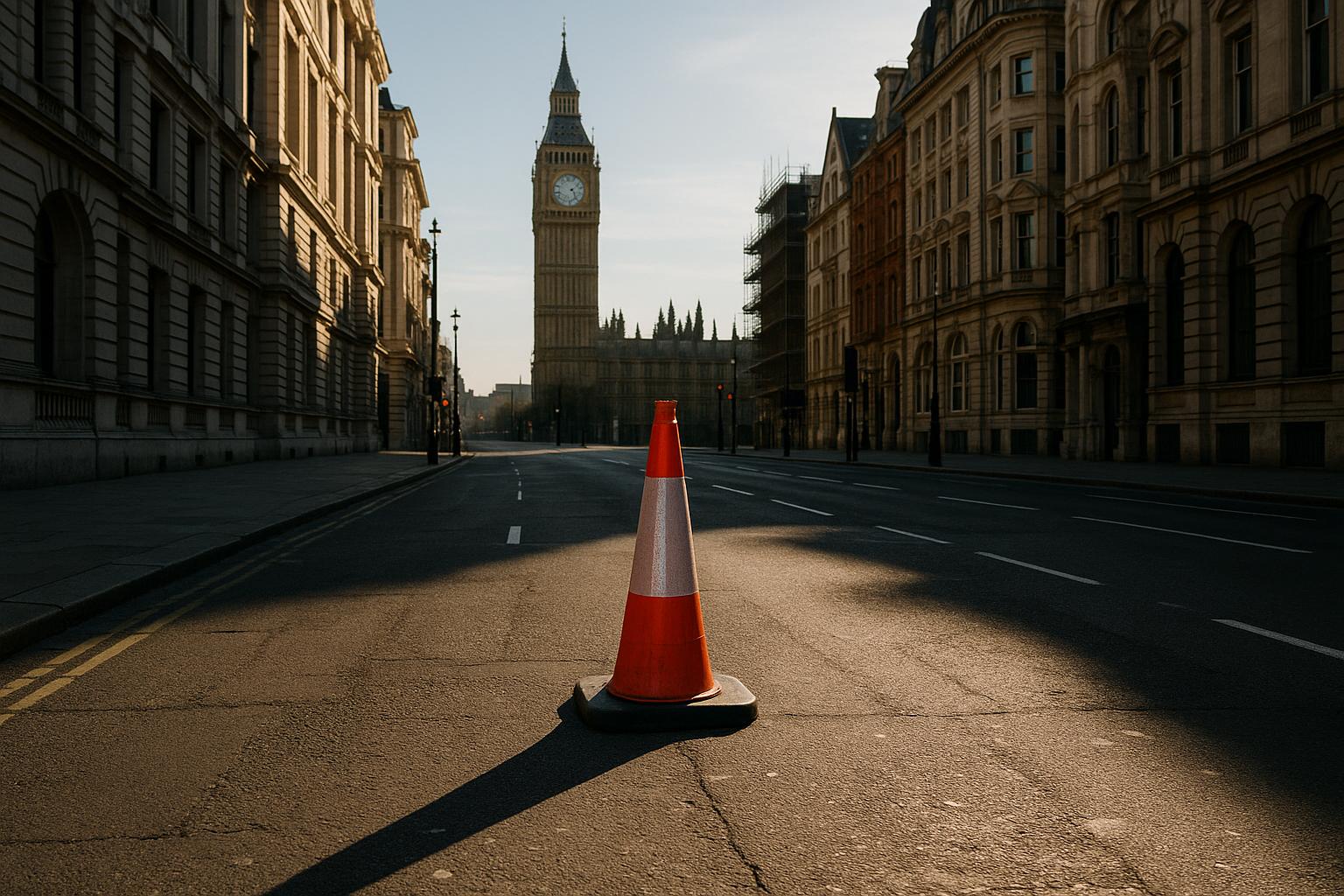Transport for London (TfL) has faced scrutiny after reportedly suppressing a taxpayer-funded study from the University of Westminster, which found that Low Traffic Neighbourhoods (LTNs) failed to reduce overall car use. The study, which cost £82,095 and was initially planned as a three-year project, was discontinued after two years when TfL concluded that the data did not provide significant new insights. According to a TfL spokesperson, the decision to halt the research was based on this lack of fresh findings rather than any broader agenda. The study indicated that while LTNs increased cycling levels, they did not encourage a corresponding reduction in driving or an increase in walking, challenging some of the schemes' core justifications.
LTNs have become a polarising topic in London’s transport and urban planning discourse. Proponents argue they improve road safety and reduce pollution by limiting vehicular traffic in residential areas, fostering safer environments for walking and cycling. Research published by the University of Westminster and the London School of Hygiene & Tropical Medicine supports this safety aspect, showing a 35% reduction in all road injuries and a 37% decrease in serious injuries and deaths over a 12-year period in areas with LTNs. This research concludes that LTNs can reduce road traffic injuries without compromising the safety of surrounding streets.
However, LTNs remain contentious among local communities and businesses, with critics often highlighting increased congestion on main roads and the economic impact of shifting traffic patterns. For example, Hammersmith & Fulham Council’s Low Traffic Neighbourhood in Fulham has issued over 100,000 parking fines but cites a daily reduction of 15,000 cars in the area. Despite backlash, the council plans to make the scheme permanent and expand it further, illustrating the ongoing tension between traffic management goals and resident or motorist dissatisfaction.
The political and social debate around LTNs has been further complicated by a rise in disinformation and mistrust. According to a study from the cross-party think tank Demos, misinformation and conspiracy theories about LTNs surged in 2023, with the proportion of misleading social media posts increasing to 28% from just 5% the previous year. This spread of disinformation has deepened divides between councils implementing LTNs and communities sceptical of their benefits.
Legal challenges have also emerged. Recently, Lambeth Council was ordered by the High Court to remove an unlawful LTN in West Dulwich after it generated £1 million in fines, marking a significant judicial rebuke against the design and implementation of these schemes. The council was additionally required to pay £35,000 in legal costs to the local campaign group that brought the case, highlighting the legal vulnerabilities councils face when rolling out LTNs without sufficient community backing or legal rigour.
Taken together, the evidence and controversies surrounding LTNs in London paint a complex picture. While safety benefits are supported by robust research, the impact on car use, community acceptance, and economic effects remains debated. TfL’s withdrawal of funding from the University of Westminster study, amidst these broader controversies and research findings, suggests a cautious or selective approach to evaluating LTNs’ overall effectiveness. As the debate continues, it underscores the challenges of balancing environmental and public health goals with the practical and political realities of urban transport policy.
📌 Reference Map:
- Paragraph 1 – [1], [2]
- Paragraph 2 – [6]
- Paragraph 3 – [5], [7]
- Paragraph 4 – [4]
- Paragraph 5 – [3]
- Paragraph 6 – [1], [2], [6], [3]
Source: Noah Wire Services
